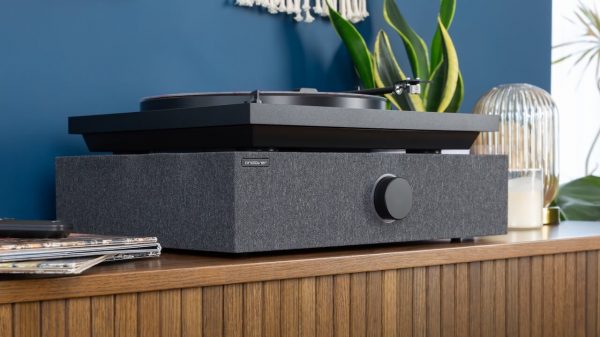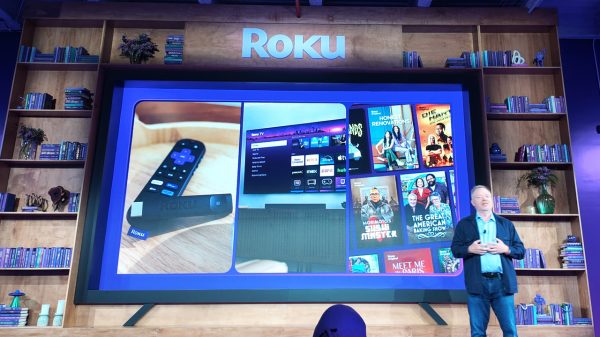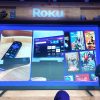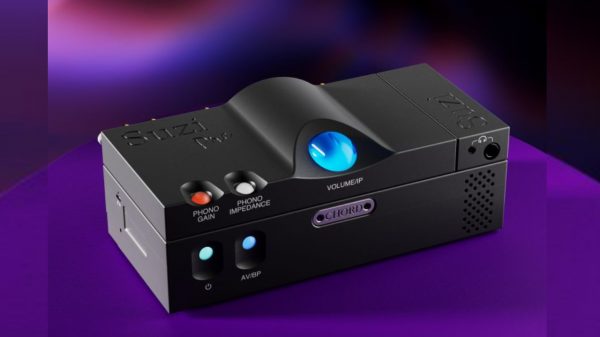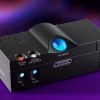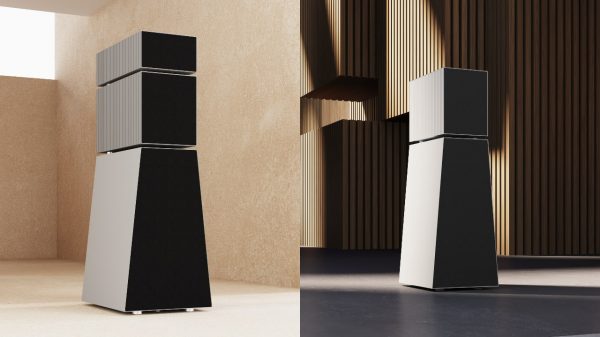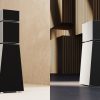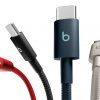In the age-old debate of “is it a bug or a feature”, fragmentation must fall square in the middle. A long time ago, files were stored wholly on a hard drive. It wasn’t long, though, before someone saw this as a problem, realizing that a lot of disk space was being wasted when files too large to be stored on a disk, simply weren’t. And thus was born file fragmentation–if files were split into pieces (fragments), disk space, which at the time came at a premium, could be fully utilized. Problem solved!
Unfortunately, however, this clever individual unwittingly released a disease, a plague, which would forever darken the computer landscape. For when files were split into multiple fragments, it also meant multiple I/Os were needed to retrieve each and every fragment. Suddenly performance was approaching a slow crawl, impatiently waiting computer users were cursing IT personnel, and some disks were even crashing because retrieval of all the fragments was overwhelming them.
For some time, the only solution to file fragmentation (which some major hardware manufacturers claimed didn’t even exist) was to perform backup and restore on each and every hard drive. This arduous task had to be undertaken when users were not on the system–which meant a lot of IT personnel were working nights and weekends.
But then another bright individual got very clever and invented a piece of software called a defragmenter. This unique solution, when run on a disk, would collect up all those fragments and put them back together again. Nights and weekends saved! At the end of the day, IT personnel could finally go home to their families.
Well, almost. Because unfortunately, as technology evolved, as operating systems became more complex, the fragmentation disease only got worse. Files were broken up worse then ever before. It got to the point–where, in fact, it still is–that files could be fragmented into hundreds, thousands, and yes, even tens of thousands of fragments. It was and is a testament to technology that operating systems could even function with files so badly fragmented–but unheeded, fragmentation causes system performance and stability problems like never before. Yes, fragmentation has taken on truly epidemic proportions.
Manual defragmentation–the disk-by-disk running of a defragmenter–has long since gone the way of all flesh as an option. For many years, scheduled defragmentation, with which IT personnel could set defragmenters to run at certain times, seemed to be the solution. But with technology becoming ever more complex, the time to schedule itself has become a problem, one more task on an endless list.
As if that isn’t enough, due to today’s incredible disk capacities and ever-increasing file sizes, scheduled defragmentation is leaving fragmented files behind, and in some cases, with very large disks, aren’t able to defragment at all. Yes, file fragmentation has once again reared its ugly multiple hydra-like heads, threatening to devour us all.
The time has come for the only possible solution: defragmenters that run constantly, in the background, with no impact on system resources and no needed attention from IT personnel.

